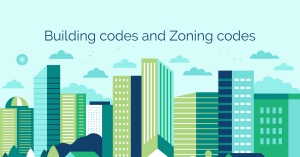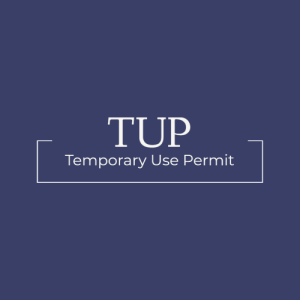
Building Codes and Zoning Codes
Today we will take a look at different codes that typically apply to construction projects. There are a number of different reviews that will apply, but in general these are divided into two main areas: Building Codes and Zoning Codes. These codes are quite different in nature, but when people think of building permits, most people only think about the building codes and setbacks.






